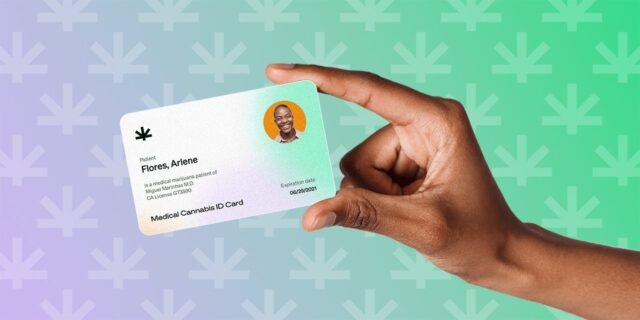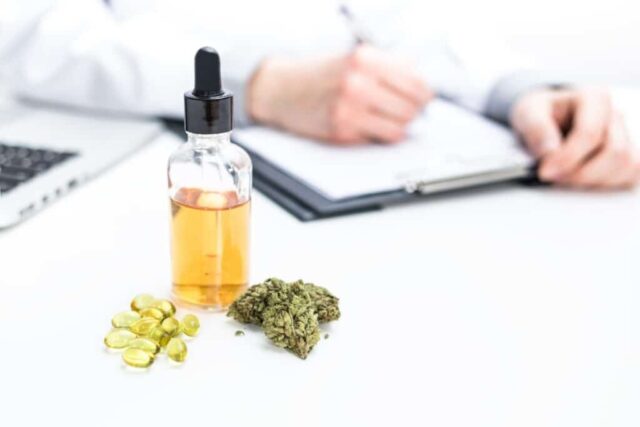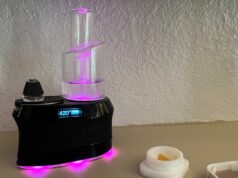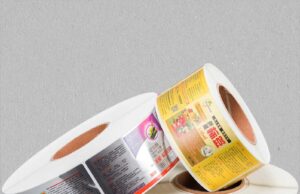
The world of medical marijuana is blossoming. More and more states and countries are recognizing the vast array of health benefits that cannabis offers. From pain relief to seizure reduction, medical cannabis is an effective and natural solution for many conditions.
If you’ve been considering obtaining a medical marijuana card, you’ve come to the right place! In this comprehensive guide, we’ll walk you through the entire process step-by-step, so you can confidently and legally access medical cannabis.
Step 1: Research Your State or Country’s Medical Marijuana Laws

Before diving into the process of getting your medical marijuana card, it’s essential to know the specific laws and regulations in your state or country. Each jurisdiction has its own list of qualifying medical conditions, and some have more restrictive rules than others.
To get started, look for help from Green Life Centers or visit your local government’s official website and search for the most up-to-date information on medical marijuana laws. Some helpful resources include the National Conference of State Legislatures (NCSL), the Marijuana Policy Project (MPP), and the Americans for Safe Access (ASA) websites. Be sure to familiarize yourself with the following:
- Qualifying medical conditions
- Age restrictions
- Application process and fees
- Possession limits
- Cultivation rules
- Caregiver regulations
- Medical marijuana dispensaries
Step 2: Determine If You Qualify
Once you’ve thoroughly researched your state or country’s medical marijuana laws, it’s time to assess whether you qualify for a therapeutic marijuana card. Generally, qualifying conditions include:
- Cancer
- Glaucoma
- HIV/AIDS
- Crohn’s disease
- Multiple sclerosis
- Epilepsy
- Chronic pain
- Severe nausea
- Cachexia or wasting syndrome
Keep in mind that each jurisdiction may have a different list of qualifying conditions. If you believe you qualify, consult with a healthcare professional to discuss your symptoms, diagnosis, and potential benefits of using medicinal cannabis.
Step 3: Obtain a Doctor’s Recommendation

To apply for a card, you’ll need a recommendation from a licensed healthcare professional who is registered with your state or country’s medical marijuana program. This recommendation typically comes in the form of a signed and dated document, certifying that you have a qualifying condition and that medical cannabis may help alleviate your symptoms.
If your primary care physician isn’t registered with the program or isn’t comfortable recommending medical marijuana, don’t worry! Many healthcare professionals specialize in medical marijuana evaluations and can provide the necessary recommendation. To find a registered healthcare professional in your area, consult your state or country’s medical marijuana program’s official website or use online directories like Leafly or Weedmaps.
Also, you need to check the legality of medical marijuana where you live. For instance, you can obtain a medical marijuana card in New York but not in Wyoming.
Step 4: Complete the Application Process
Once you have your doctor’s recommendation, it’s time to apply for your card. The application process varies from state to state and country to country, but generally involves the following steps:
- Fill out the application form: Most jurisdictions have an online application portal where you can submit your application. You’ll need to provide personal information, your healthcare professional’s recommendation, and any required documentation.
- Pay the application fee: The fee for obtaining a medical marijuana card varies widely depending on the jurisdiction. Be prepared to pay anywhere from $25 to $200.
- Submit your application: Once you’ve completed the application form and paid the fee, submit your application for review. In some cases, you may need to mail in a physical copy of your application and required documents.
- Wait for approval: Processing times for card applications vary, but generally, you can expect to receive a response within a few weeks. If your application is approved, you’ll receive your medical marijuana card in the mail or via email.
Step 5: Familiarize Yourself with Cannabis Products

While waiting for your medical marijuana card, it’s a good idea to familiarize yourself with the various strains and products available. Medical cannabis comes in many forms, such as:
- Flower: The most traditional form of cannabis, flower is the dried and cured buds of the plant. It can be smoked or vaporized.
- Edibles: These are food products infused with cannabis, such as brownies, gummies, and chocolates. They offer a discreet and smoke-free way to consume cannabis, but be aware that the effects can take up to two hours to be felt and can last much longer than other methods.
- Tinctures: Cannabis-infused liquids that can be taken sublingually (under the tongue) or added to food and drinks. Tinctures provide a fast-acting and precise dosing method.
- Topicals: Creams, balms, and salves infused with cannabis, which can be applied directly to the skin for localized relief of pain, inflammation, or skin conditions.
- Concentrates: Highly potent cannabis extracts that can be vaporized, smoked, or ingested. Concentrates include products like wax, shatter, and oil.
Step 6: Visit a Dispensary
Once you’ve received your medical marijuana card, you can legally purchase cannabis products from a licensed dispensary. Before visiting a dispensary, be sure to bring the following:
- Your card
- Valid government-issued photo identification
- Cash or a debit card (most dispensaries do not accept credit cards)
Dispensaries offer a wide range of products, and their knowledgeable staff can help you choose the best options for your specific needs. Don’t be afraid to ask questions or seek guidance from the staff – they’re there to help!
Step 7: Start with a Low Dose and Slowly Increase

If you’re new to medical marijuana, it’s crucial to start with a low dose and slowly increase as needed. This approach will help you find your optimal dosage while minimizing the risk of experiencing any unwanted side effects.
Keep a journal to track your dosage, the products you’re using, and how they affect your symptoms. This will help you make informed decisions about what works best for you.
Step 8: Stay Informed and Advocate for Medical Marijuana Access
As a medical marijuana cardholder, it’s essential to stay up-to-date with the latest research, regulations, and news related to cannabis. Join local advocacy groups or online forums to connect with other patients, share experiences, and stay informed about any changes in legislation or policy.
Your voice is powerful. By sharing your story and advocating for medical marijuana access, you can help break the stigma surrounding cannabis and contribute to a more compassionate, informed society.
Conclusion
Obtaining a medical marijuana card is a straightforward process that, when followed correctly, can open up a world of natural relief and healing for those in need. By researching your local laws, consulting with a healthcare professional, and carefully navigating the application process, you’ll be well on your way to experiencing the benefits of medical marijuana.
And with a commitment to staying informed and advocating for access, you can help make a positive impact on the lives of countless others who may also benefit from this incredible plant.









